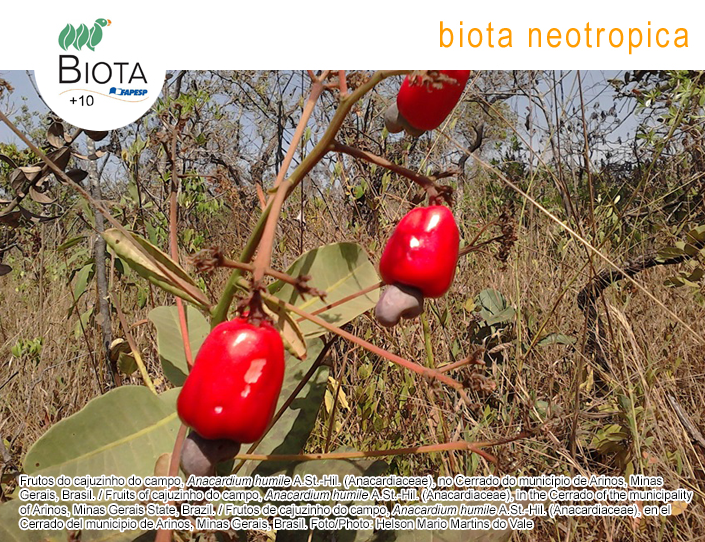A compilation of host plants and their gall-inducing insects for the Caatinga Biome
Keywords:
Galls, Insect gall, Insect herbivores, Seasonally Dry Tropical ForestAbstract
Abstract: Caatinga is a seasonally dry tropical forest, one of the richest in plant species. Unfortunately, many groups of herbivorous insects associated with these plants are poorly known. This study aimed to investigate the diversity of gall-inducing insects (GII) and host plants (HP) in the Caatinga. For this, we compiled the information available in the literature of inventories on GII and their HP communities, and the described gall midge species. We found 100 species, 72 genera, and 32 families of HP hosting a total of 156 morphospecies of GII and 12 species of described cecidomyiids. Plant species with only one GII species represented 74% of hosts, but in super HP (i.e., HP with a high number of GII), despite the small number of HP species, there were many GII species. Fabaceae was also the most specious family, with 30% of HP species and 40% of GII. Furthermore, our results showed a low number of species of HP and GII for the Brazilian Caatinga, that we discussed this pattern with the following arguments, first, it is likely that the number of galling insect inventories for the Caatinga is under-sampled, second the Caatinga has a relatively smaller number of plant species when compared to other biomes, and finally, we argue that the Caatinga is a seasonally dry tropical forest where the deciduousness represents a relevant factor in the colonization and performance rates of GII.Published
2021-01-01
How to Cite
Cintra, F. C. F., Maia, V. C., Urso-Guimarães, M. V., Araújo, W. S. de, Carneiro, M. A. A., Venâncio, H., … Santos, J. C. (2021). A compilation of host plants and their gall-inducing insects for the Caatinga Biome. Biota Neotropica, 21(4). Retrieved from https://www.biotaneotropica.org.br/BN/article/view/1873
Issue
Section
Articles
License
Copyright (c) 2021 Biota Neotropica

This work is licensed under a Creative Commons Attribution-NonCommercial 4.0 International License.
